Setting up smart lighting can be a quick win when building your smart home. From lighting that adjusts brightness and color automatically according to the time of day, turning off all lights at night with a single press of a button to lights that turn on automatically to greet you when you arrive home at night, the possibilities are limited only by your imagination. In this post, we will share various smart lighting solutions and the pros and cons of each to help you determine the best solution for your smart home.
Solution 1: Smart Bulbs
These are light bulbs equipped with wireless communication capabilities (typically Wi-Fi, Zigbee, Matter, Thread), allowing you to control them remotely using a smartphone app or voice commands. They often offer features such as dimming, color-changing, and scheduling. Smart bulbs are typically easy to install as they replace traditional light bulbs in existing lighting fixtures.
Pros
- Simplest installation – just replace your existing light bulbs.
- Color-changing and dimming capabilities to create different moods and ambiances.
- Ideal for renters or temporary smart home setups since they are easy to install and remove.
Cons
- No physical controls on the bulb itself to turn on/off, dim, or change color – all control is through a mobile app or voice commands.
- Depends on the wall switch being left in the ON position to function properly – if someone turns the switch off, the smart bulb won’t work.
- Can be more expensive, especially if you need to replace many traditional bulbs with smart bulbs.
Solution 2: Smart Switches
Smart switches replace traditional wall switches and provide smart control over your existing lighting fixtures. They can be operated manually like regular switches, but also offer remote control via smartphone apps or voice commands. Smart switches are usually installed in-wall and may require the assistance of an electrician for installation.
Pros
- Allow you to control any type of light fixture, including standard non-smart bulbs.
- Provide smart dimming capabilities through smart dimmer switches.
- Works like a regular wall switch – maintains physical controls for guests and times when you need to flip a switch manually.
Cons
- May require an electrician for installation, as they are wired into the electrical system.
- Do not offer color-changing capabilities on their own – you would need to pair them with color-changing smart bulbs to get that functionality.

Can’t decide between smart bulbs and smart switches? Consider the next option.
Solution 3: Smart Bulbs + Smart Switches
This option combines the features and benefits of both smart bulbs and smart switches. Both smart bulbs and smart switches are installed in your smart lighting setup. This provides ultimate flexibility in controlling your lighting, allowing you to customize each individual fixture according to your preferences.
Pros
- Provides the ultimate flexibility in controlling your smart lighting (turn on/off, color change and dimming).
- Allows you to customize each individual light fixture according to your preferences.
- Combines the features and benefits of both smart bulbs and smart switches.
Cons
- Most expensive solution compared to using just smart bulbs or just smart switches.
- Requires more time and effort to install both smart bulbs and smart switches throughout the home.
Solution 4: Smart Relay Switches
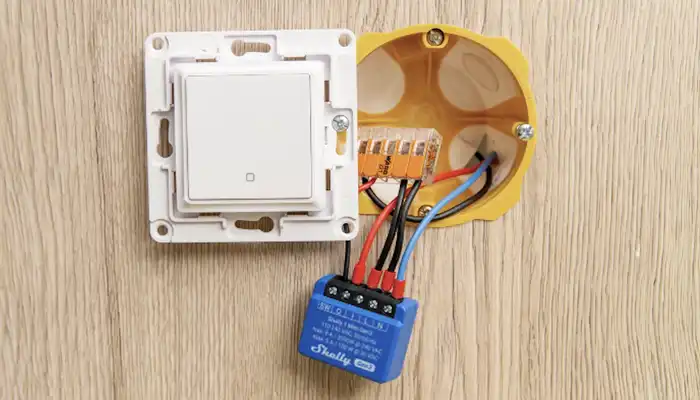
A smart relay switch is a device that is installed behind existing regular wall switches. It allows you to retain the appearance and functionality of your traditional switches while adding smart control capabilities. Smart relay switches can be used to upgrade existing lighting systems to smart lighting without replacing the switches themselves.
Pros
- They are installed behind the existing regular wall switches, allowing you to retain the appearance and functionality of the traditional switches.
- They enable you to upgrade your lighting to smart control capabilities without having to replace the physical switches themselves.
- The wall switches can still be used manually, even with the smart relay switch installed.
Cons
- Installing smart relay switches requires electrical work and there needs to be enough space inside the wall box to accommodate the additional device.
- If issues arise, the smart relay switch becomes another potential point of failure that may need troubleshooting.
Solution 5: Switch Button Pushers

Switch button pushers or fingerbots are devices that attach to existing wall switches and automate the physical pressing of the switch button. They enable remote control of traditional switches without requiring any electrical work or switch replacement.
Pros
- No electrical work or switch replacement is needed, as they simply fit over most existing switches.
- Can be removed or relocated to different switches as needed.
- Versatile – can be used to automate other appliances with push buttons or toggle switches.
Cons
- Bulky appearance compared to other solutions.
- May not work for all types of switches.
- May be less reliable than wired smart switches, as they require sufficient torque to physically press the switch button.
Solution 6: Smart Outlets

Smart outlets are electrical outlets that can be controlled remotely using a smartphone app or voice commands. They allow you to plug in and control lamps or other plug-in lights, providing smart on/off functionality without the need for smart bulbs or switches. Smart outlets are easy to install and suitable for retrofitting existing lighting setups.
Pros
- Easy setup for lamps or other plug-in lighting fixtures, as you simply plug them into the smart outlet.
- Versatile – can be used to control any plug-in appliance or device, not just lighting.
Cons
- Limited to basic on/off control functionality, without features like dimming or color changing.
- Typically bulky, may be challenging to fit in tight spaces.
Navigating the Options: How to Choose The Best Solution
With so many options available, deciding on the right smart lighting solution can be tricky. To guide your decision, ask yourself these key questions:
Do you need dimming? Consider smart bulbs or smart dimming switches with dimmable lights.
Do you need lights to change color? Smart bulbs are the way to go.
Do your existing bulbs have a smart equivalent (e.g. E27, GU10)? If not, choose between smart switches, smart relays or switch button pushers.
Do you want to use non-smart light fixtures? Opt for smart switches, switch button pushers or smart relays.
Are you renting or don’t want to replace existing switches? Smart bulbs or switch button pushers are your options.
Do you want to automate lamps or plug-in lights? Smart outlets are your best choice.
Smart Lighting’s True Power: Automation and Control
The real value of smart lighting goes beyond just the physical bulbs and switches. It’s about the additional features and capabilities:
Routines: Set your lights to automatically turn on/off or adjust based on time of day or specific events like sunrise and sunset times.
Scenes: Create customized lighting “scenes” or “moods” that adjust multiple lights with a single command. For example, a “movie night” scene that dims certain lights when Netflix is streaming on the TV.
Voice Control: Use voice commands with smart speakers like the Apple HomePod, Amazon Echo or Google Nest Audio to control your lighting hands-free.
Automation: Connect motion or presence sensors to automatically turn lights on when you enter a room, perfect for hallways, bathrooms, etc.


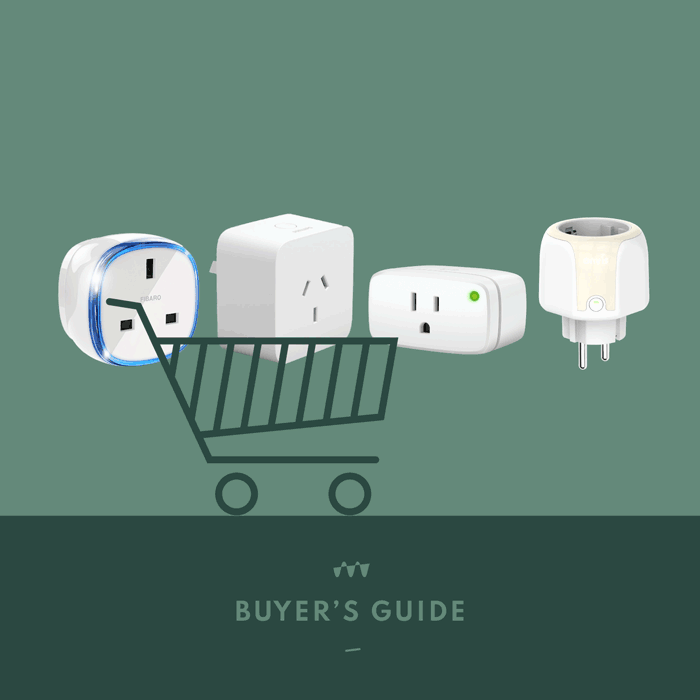
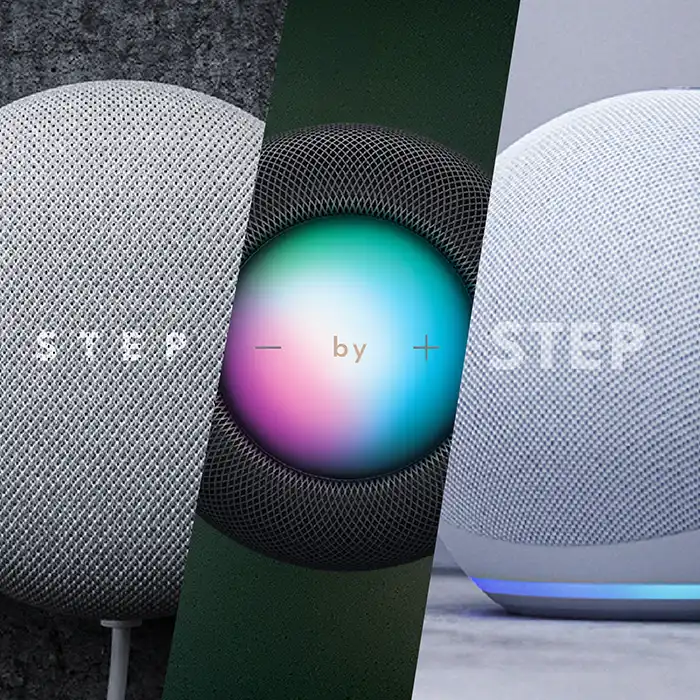
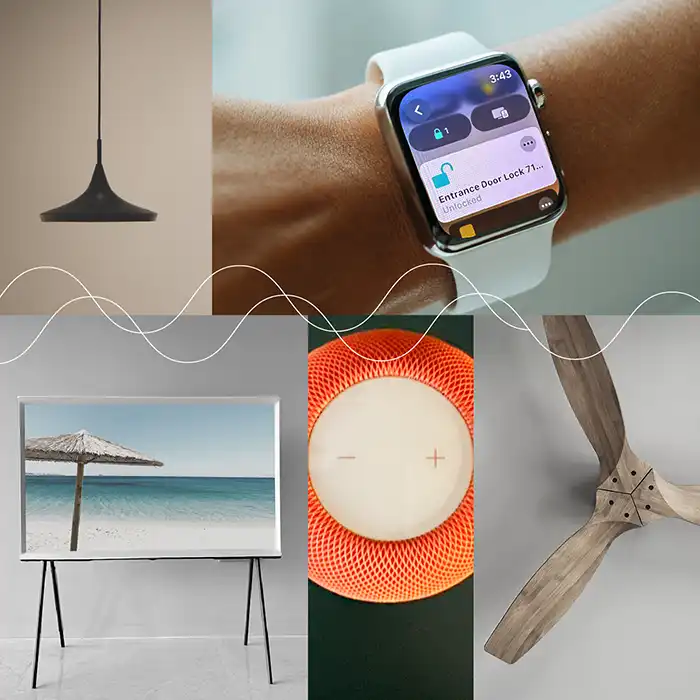
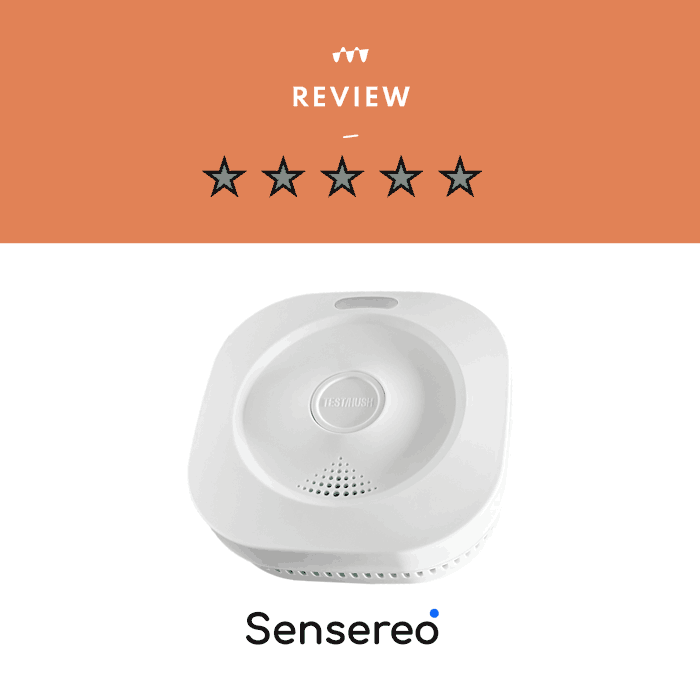
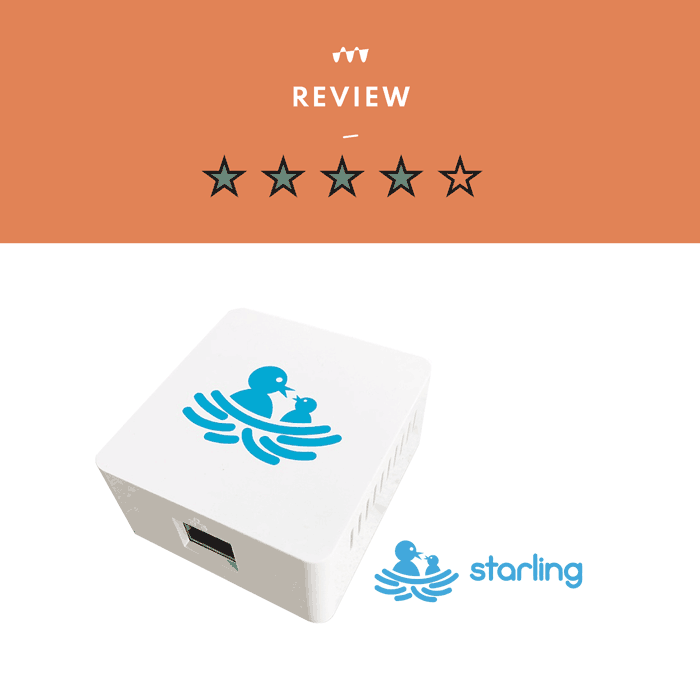
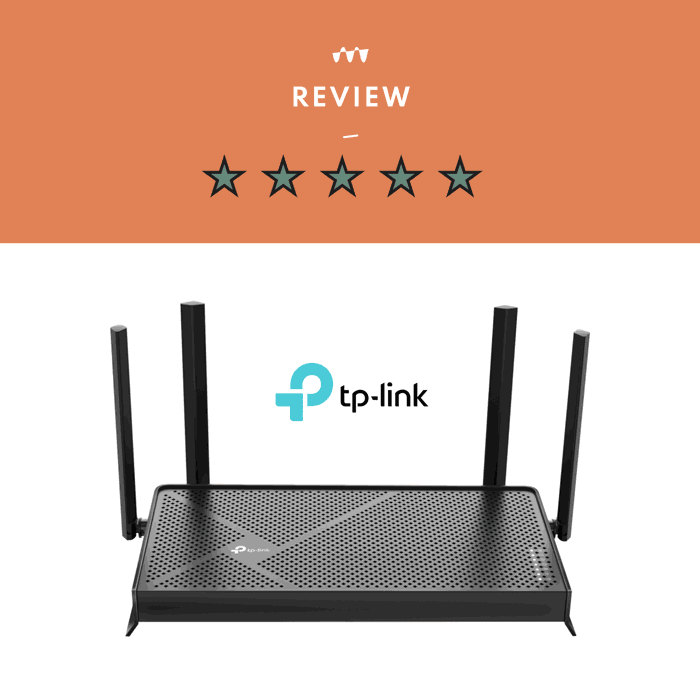


Leave a Reply